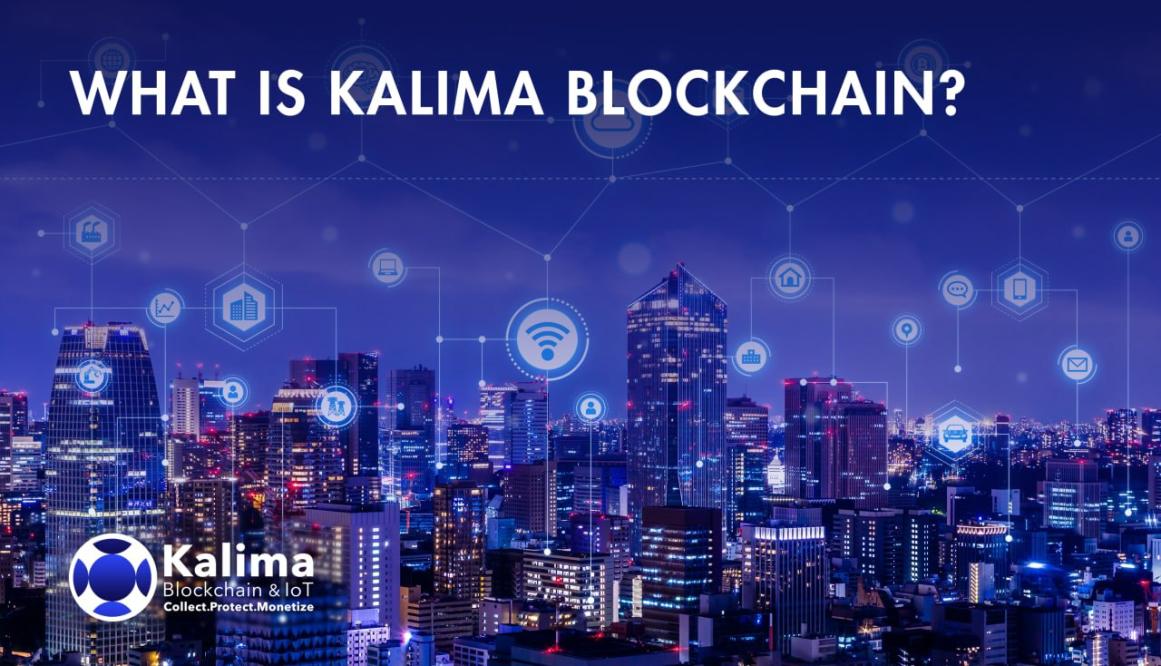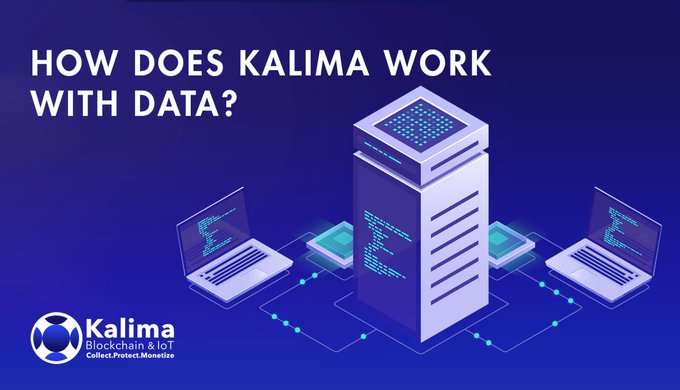
James Carter
BitMart Exchange Selected by Kalima Blockchain for its Public Launch

On February 2, 2023, the Kalima Blockchain token, also known as KLX, will be offered for trading on the BitMart Exchange. This will make its utility token, “KLX,” available for public exchange and trade, as announced on its social media platforms and channels.
After a successful private sale round in which €5 million worth of KLX was sold, it is thought that KLX will start a new trend in the crypto world in 2023. Buyers expect that the BitMart listing will push the KLX to new heights because of how reliable Kalima is and how useful it is.
Kalima Blockchain has the potential to become a “unicorn.”
A layer 1 third-generation blockchain, Kalima is a rapidly growing ecosystem that will let enterprises, developers, and startups build the future of Web3 Enterprise and Data Governance applications, especially with IoT (Internet of Things) data, to solve real-world problems.
Users can use Kalima’s decentralized network of permissioned blockchains (PrivaChains) to govern, manage, and monetize data on their own, as well as create tokens for smart-rewarding systems.
Kalima is a modular platform that lets developers make decentralized applications (dApps) that run on PrivaChains. Kalima was created so that new business models could be made or old ones could be improved. This includes data notarization, decentralized finance (DeFi), tokenization (NFTs), data monetization, and Industrial Internet of Things (IIoT) applications (Digital Twins, Predictive Maintenance, Smart Infrastructure, and so on).
Kalima Network is made to handle vast amounts of sensitive data generated by industries and to have smart contracts that can manage data in real time at the edge. The PrivaChains can connect with each other and with other top public chains (Tezos, Lightning Network, and soon Polygon and Cosmos hubs). The Kalima Network is also layer 2 or 3 of Bitcoin. It is likely to have a big effect on networks that many people use, which will help Kalima spread.
The KLX is Kalima’s token, and it will be listed on the Bitmart Exchange on February 2, 2023. The KLX has a use that is important for Kalima to work. Unlike other Blockchain for the Internet of Things (BIoT) projects, like Helium, Kalima’s KLX isn’t just designed to reward its users; it’s also used to keep the whole network safe. The Kalima Blockchain token can be used for transaction fees, staking, making validation pools, buying PrivaChains, and allowing Kalima Network to do a number of important things (e.g., monetization of data on oracle dApps).
Building dApps on an ecosystem is a natural process that the Kalima Foundation actively supports. This is true for both businesses and builders who want to make use of the Kalima Network. Kalima gives you robust SDKs that you can use to build dApps with standard languages and development tools. It also makes it easier to develop and maintain dApps. The Kalima Foundation will host a number of hackathons and developer airdrops over the years to help developers improve their skills. The first Kalima Developer Airdrop will be the first of these events.
A project that involves significant players in the field
Kalima has recently teamed up with key companies to expand its network of partners and associates. This is in addition to the network of partners and associates it already had.
One of these essential companies is Kerlink, which is one of the world’s leading providers of Internet of Things (IoT) connectivity hardware solutions. In the coming months, Kerlink’s first commercial solutions that use Kalima Blockchain should be widely available.
Yannick Delibie, Kerlink’s chief technology officer (CTIO), said, “The convergence of IoT and blockchain combined with tokenization is a key element in the near future to imagine new business models based on trusted architecture, data traceability, immutability, and smart contracts or decentralized applications (DApps) at the edge of IoT networks.”
The offering from Kalima is now also part of the digital products offered by Schneider Electric Exchange. This is a big step toward making Kalima’s technology widely available to businesses and private users.
Kalima and BitMart found that they could trust each other.
Since Kalima Blockchain’s product was made out of a need and a desire to meet industry-wide needs, it wanted to make sure that the listing of its token would ensure that it would keep moving toward its goal of being available all over the world by 2023 while maintaining the trust that its users needed. BitMart is a global cryptocurrency exchange where people from more than 180 countries can buy and sell digital currencies and tokens, so it met the requirements for Kalima to be listed on it. BitMart makes sure that the level of security matches the level of trust that Kalima needs by using an advanced risk control system, a hybrid hot and cold wallet system, and multi-signature technologies that have been looked at and improved since 2021.

Kalima Blockchain is setting a new “non-hype” trend in the blockchain and cryptocurrency worlds.
provided the current state of the world and the cryptocurrency market, one might ask, “Why now?” While the crypto world was full of “hyped” projects that all seemed to be revolutionary in their own way, from the beginning of the democratization of cryptocurrency investments until the current bear market, there has been a slowdown and mistrust of such projects for a few months as of January 2023.
In fact, the spectacular failure of FTX has made it so that projects that were popular a few months ago, like artistic NFTs, metaverse worlds, superfluous layer 2-3 projects, and others, are now getting less attention and praise from investors and cryptocurrency users. This marks the starting point of a new era in which investors and users are more cautious and focused on utility.
One project that meets these new needs is Kalima, which is entirely driven by the needs of its users. Not only is it a layer 1 solution, but it was also made so that dApps can be built in pieces. This will help enterprises create new business models or improve ones they already have. Kalima use cases range from data notarization to decentralized finance (DeFi), asset tokenization (NFTs), data monetization, and industrial IoT (IIoT) applications (carbon tracking solution, innovative infrastructure, predictive maintenance, digital twins, and more). The KLX token’s economics are designed to reflect the growth and use of the Kalima Network, which has the potential to be used all over the world thanks to the modularity and technical skill of the project.
So, the timing of this listing fits very well with the goal of the Kalima Network being used all over the world. Right now, the Kalima Network is being set up. By the middle of 2023, six validation pools will be added to the network, which will start to grow. On the Kalima Network, industrial PrivaChains are already being used to make things. Over time, there will be more validation pools and PrivaChains running on the Kalima Network.
When the Kalima MainChain goes live in 2024, the KLX token will switch from being an ERC20 token to being a native KLX token on the Kalima Network. Every person who owns an ERC20 token can change it into a KLX token.
With so much use, potential, and a plan for the future, Kalima’s listing on the BitMart exchange ushers in a new era for blockchain and cryptocurrencies.
Latest
Press Release
09 May 2024
Press Release
19 Apr 2024
Press Release
16 Jan 2024
Press Release
31 Aug 2023
Press Release
24 Jun 2023
Press Release
24 Jun 2023













